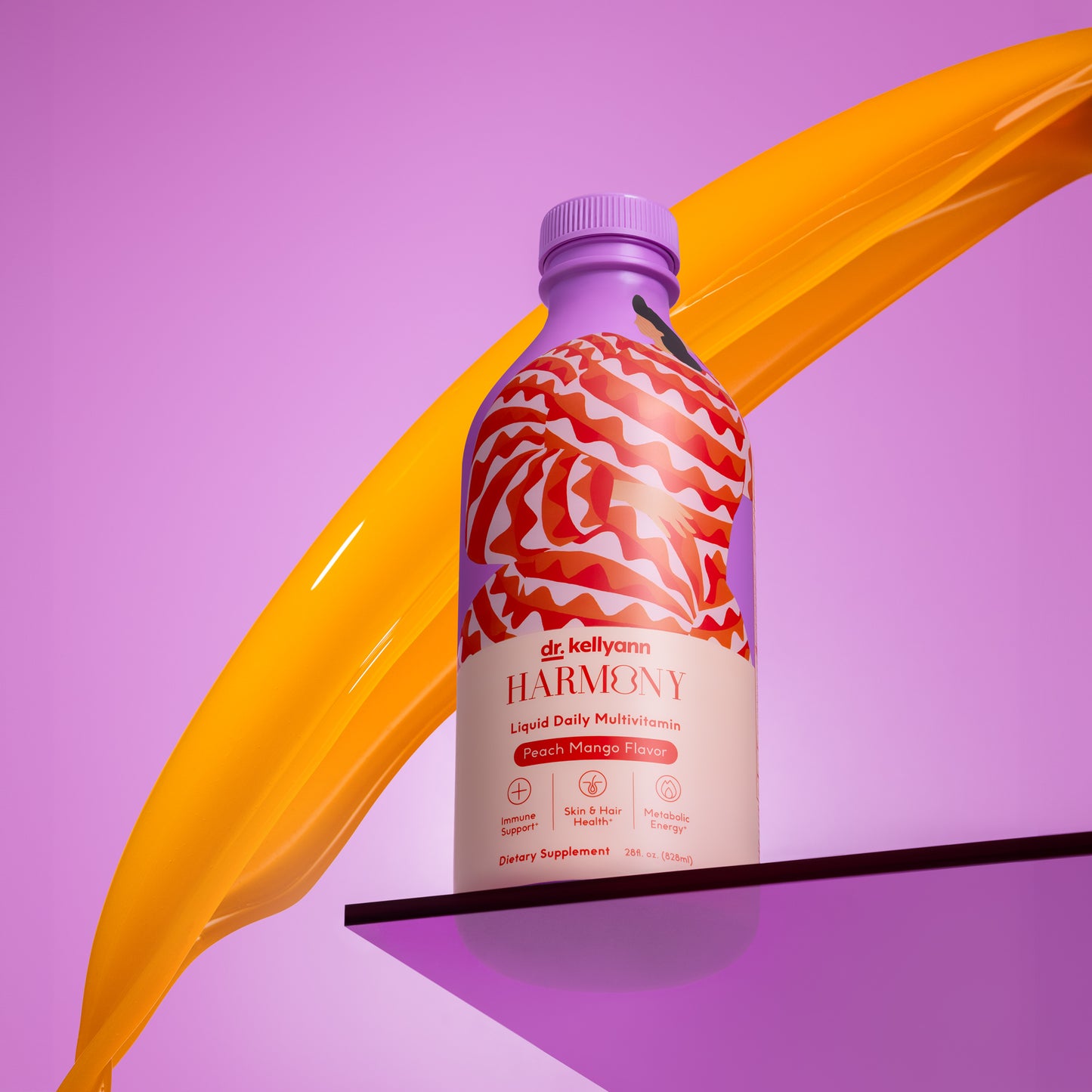
Is Collagen High in Histamine? How To Know If You're Sensitive to Dairy
No matter how healthy a food is—seafood, eggs, apples, nuts—some people have a reaction to it. Even something as innocent as lettuce can cause severe symptoms in a few people. You know that I’m big on getting plenty of collagen in your diet—whether it’s by drinking bone broth (which contains the building blocks of collagen) or using collagen supplements. That’s because collagen gives you beautiful skin, hair, and nails. It also helps you build a rock-solid gut, which is a must for weight loss and glowing health.
A few people, however, have a reaction to bone broth or supplements containing collagen. These people experience histamine intolerance symptoms such as headaches, digestive upsets, heart palpitations, and skin flushing. When this happens, a likely culprit is histamine intolerance, a problem that affects about 1% of people—and that’s what I want to talk about today.
What are histamines?
Histamine is a neurotransmitter that plays an important role in keeping your immune system, your digestion, and your nervous system working right. Many foods are high in histamine, promote the release of histamine, or limit its breakdown.
What food contains histamine?
These foods include shellfish, nuts, chocolate, citrus fruits, tomatoes, black and green tea, spinach, fermented foods, collagen, and bone broth. For the vast majority of people, the amount of histamine in a food simply isn’t an issue. If your system is working right, it immediately inactivates any histamine you don’t need, using two enzymes called DAO and HNMT, and that’s the end of the story. Sometimes, however, things go wrong. A number of factors, from genetic mutations to medical conditions like Crohn’s disease, can lead to high levels of histamine. In some cases, the only solution may be to stay on a histamine intolerance diet forever.
What are the symptoms of histamine intolerance?
The most common problem in people with histamine intolerance is a sick, leaky gut. In these cases, healing the gut may make histamine issues vanish. There are two reasons for this.
An inflamed gut is a symptom of a histamine intolerance.
DAO—which does much of its work in the intestine—can’t do its job right. As a result, it won’t break down enough histamine.
A symptom of a histamine intolerance is a leaky gut.
Histamines can escape through your gut wall, triggering a violent immune system reaction.
How do I manage a histamine intolerance?
The solution is obvious: Fix your leaky gut, and DAO can rein in those histamines. In addition, histamines will stop escaping into your blood stream and setting off your immune system’s alarms. So that’s the why behind this healing strategy. Now, let’s get to the how. Here’s the way to go about building a rock-solid gut if you have histamine issues:
- Cut grains, sugar, soy, dairy, and artificial ingredients out of your diet. All of these damage your gut.
- Initially, avoid even healthy foods that are high in histamines. Here’s a list of them. (Remember, however, that the histamine content of a food may vary depending on its age and other factors. Also, experts don’t always agree on which foods belong on the high-histamine list, so you may need to do a little experimenting.)
- Eat egg yolks and fresh, lean meat and poultry. If you have leftovers, freeze them immediately. (The histamine level of meat increases over time.)
- Eat fresh fruits, fresh vegetables, and healthy fats that aren’t on the high-histamine list.
- Rather than drinking bone broth, drink meat broth (which cooks for only a few hours). It contains fewer histamines, and it’ll still help to heal your gut. When you make your broth, use or freeze it quickly.
- Supplement wisely. Take vitamin C, which helps degrade histamine; vitamin B6, which helps DAO do its job; zinc, which is a powerful anti-inflammatory nutrient; and quercetin, which is a natural antihistamine.
- Avoid alcohol.
- Exercise, get enough sleep, and ease your stress with meditation, yoga, Tai Chi, or breathing exercises.
After you’ve given your gut several months to heal, try introducing small amounts of high-histamine foods. With luck, you’ll discover that you can handle them just fine. And as a result—hurray— you can start enjoying all the benefits of skin-healing, fat-melting collagen and bone broth!
Keep Thinking Big & Living Bold!









